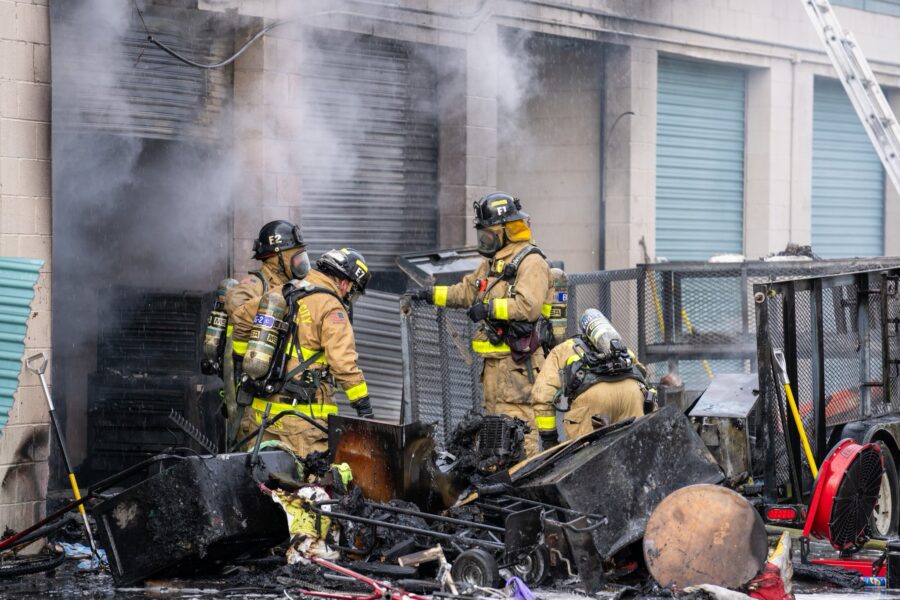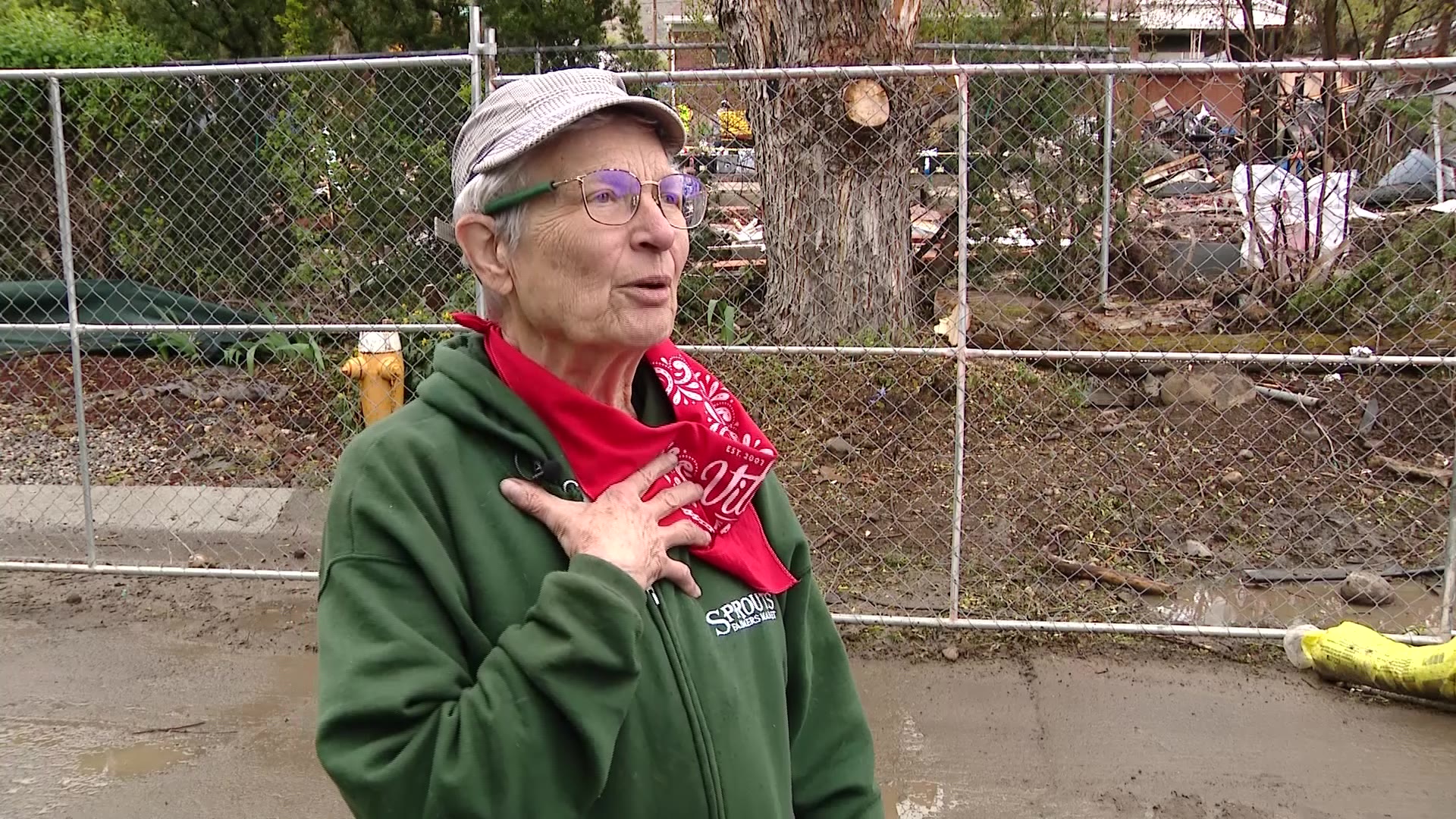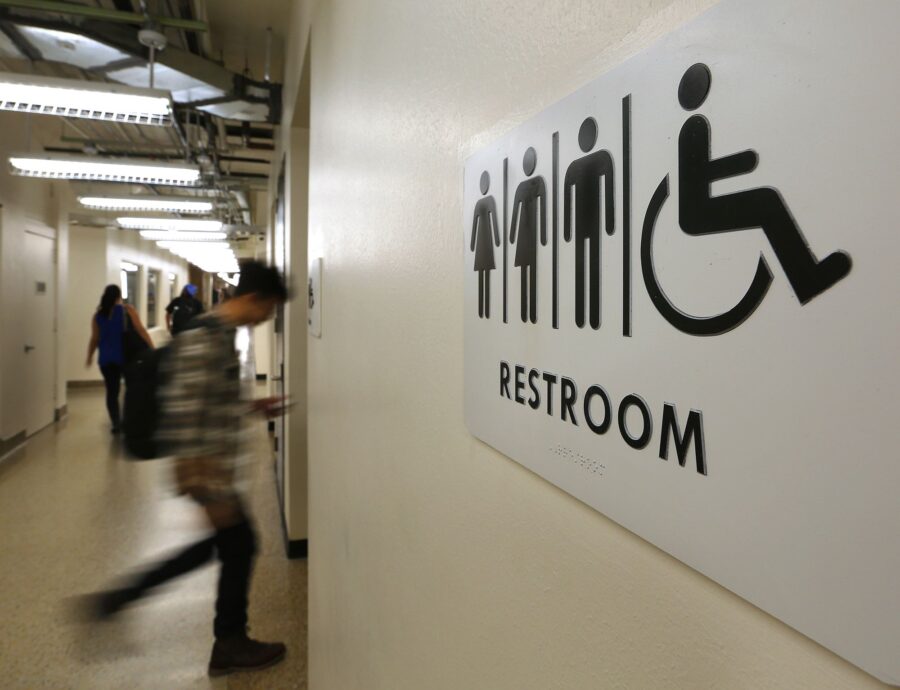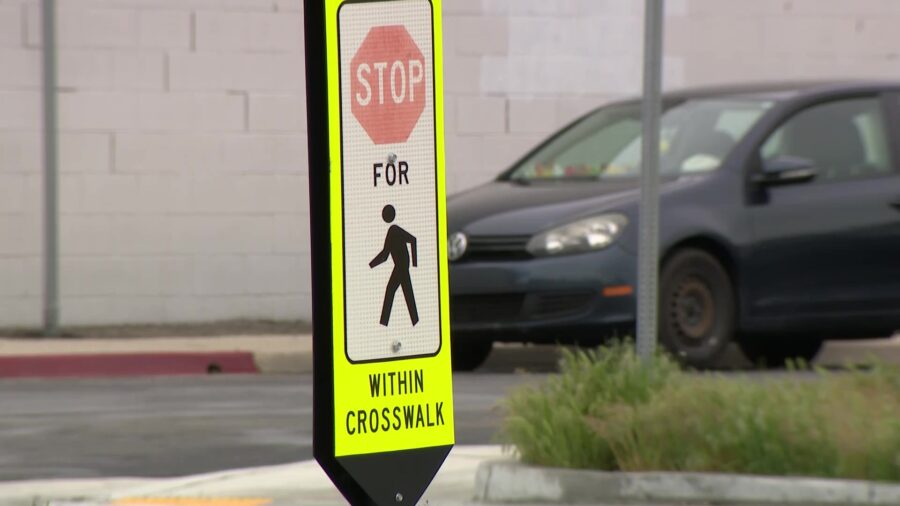Affordable Housing Crisis Hits Home For SLC Renters
Feb 3, 2021, 10:22 PM | Updated: 11:02 pm
SALT LAKE CITY, Utah – Dozens of renters in Salt Lake City found eviction notices on their doors last weekend, telling them their building had been sold and they had until the end of this month to be out.
It’s a big problem for the nearly 40 tenants because their rent has been some of the lowest available in the city.
The Annex has been a staple on South Temple for decades. Renters pay between $600 and $750 a month — far less than almost all housing in Salt Lake, and even lower than many places where rent is subsidized.
Rent is about to get a lot higher for dozens of people who just got eviction notices. How big the problem of unaffordable housing is might surprise you. (And it might not!) Tonight on @KSL5TV at 10.
— Debbie Worthen (@DebbieWorthen) February 4, 2021
Jerry Hagen has lived at The Annex for 11 years. He got the eviction notice last weekend, on his birthday. “I opened the door and the envelope fell down and it said we’re evicted,” explains Hagen. “That’s it. They said you’ve gotta move.”
Paul Marshall has paid $600 a month for nearly five years. He wasn’t surprised to get the news.
“I could see the signs ahead of time,” said Marshall. “I could tell.”
South Temple is lined with many expensive, brand new buildings. Marshall said the writing was on the wall. Renters at the Annex now face what thousands of Salt Lake County families are dealing with: unaffordable housing.
Technically speaking, that means your rent is 50% of your income. Jim Wood has studied housing and economic development for 50 years. He said 25,000 families in the county are in that situation, one that is called a “housing crisis.”
For Hagen, he’s now facing that same scenario and he needs to figure out a plan by the end of the month. He said even subsidized housing he’s researched is nearly double what he’s been paying.
“I can’t afford $1,000 a month,” said Hagen.
Wood felt sorry for the people facing eviction, and he said it’s becoming an increasingly bigger problem as demand continues to exceed supply along the Wasatch Front.












